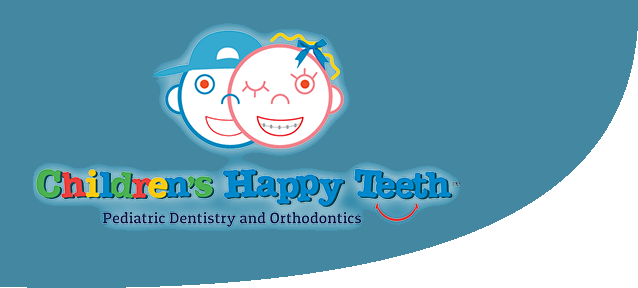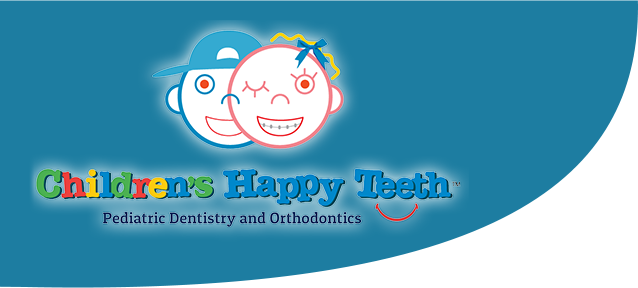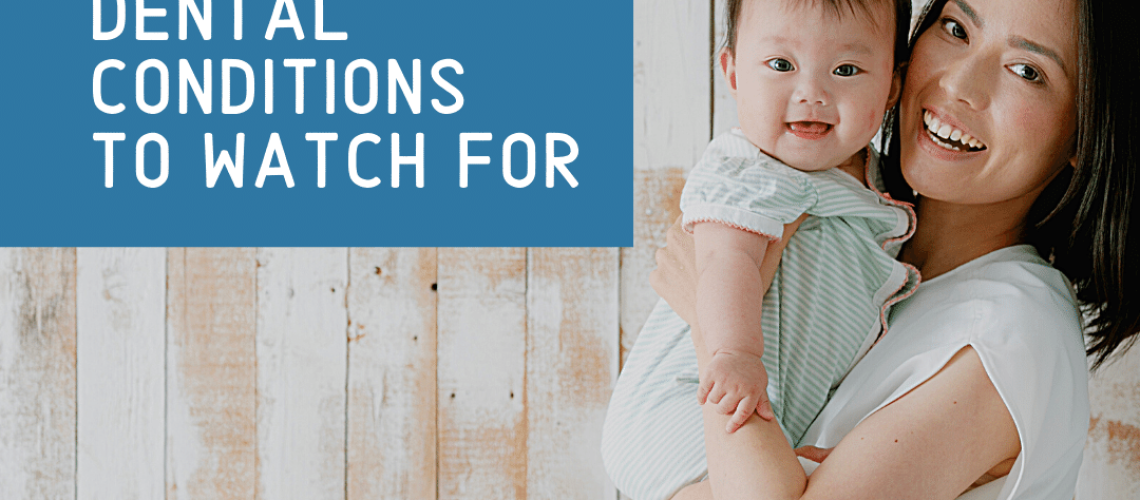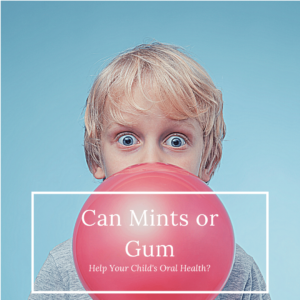Did you know that some dental conditions that could affect your child actually have a genetic link? Just as genes passed from parents to their children can determine things like hair color, eye color, and many other characteristics, they can also affect your child’s oral health. In fact, there are certain dental conditions that have been found to be hereditary, meaning that they can pass from one generation to the next. This ultimately means that your child could be at an increased risk for certain dental conditions regardless of their oral hygiene habits. Here are a few conditions that your child could develop from genetics:
Tooth Decay
Not all cases of tooth decay can be completely blamed on sugar. In fact, some cavities can be partially blamed on the gene beta-defensin 1 (DEFB1). Research has determined that this particular gene is associated with an increased risk of cavities. Without genetic testing, you won’t know for sure if you and your child are affected by the gene, therefore you should mention to your child’s dentist if you have a history of tooth decay. If your child’s pediatric dentist asserts that your child is at an increased risk of cavities, then they may recommend frequent cleanings, fluoride treatments, and/or the use of dental sealants.
Gum Disease

Although gum disease is primarily associated with improper oral hygiene, research has found that 30% of the population is genetically predisposed to developing this condition. This means that your child could have the best oral hygiene habits and still develop gum disease. It can also mean that their case of gum disease may also progress faster and require more aggressive treatment. Mild form of gum disease usually causes the gums to be red, swollen, and tender. It can also make them bleed while brushing or flossing. As gum disease progresses, it can cause permanent teeth to become loose and the jawbone to deteriorate. To prevent this from happening, it is important to mention a history of gum disease to your child’s dentist.
Crooked Teeth and/or Bite
Your child’s facial structure develops from genetic instructions taken from both parents. Therefore, if you or the other parent has had problems with crooked teeth or a misaligned bite, it is likely that your child will eventually develop the same problems. Luckily, early orthodontic treatment can be used to encourage proper jaw growth in children who are predisposed to malocclusion. While orthodontic treatment may still be needed in the future, early orthodontic treatment often decreases the severity of alignment problems in the teeth and bite.
Cleft Lip or Palate
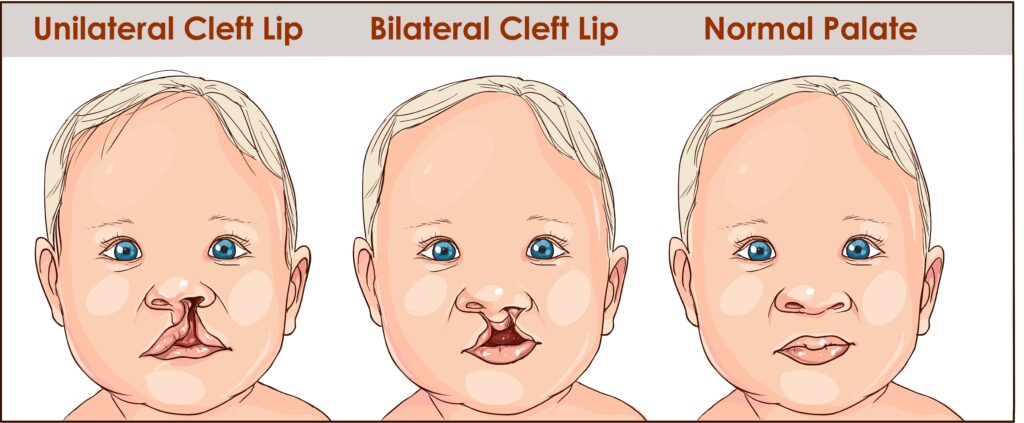
A cleft lip or palate is present at birth and is characterized by a failure of the lip and roof of the mouth to fuse together. In most cases, it only affects one side of the mouth. Parents with a cleft lip or palate are more likely to have children with a cleft or palate. Additionally, Latino, Native American, and Asian children are also at a higher risk for developing a cleft lip and palate. Nowadays, there are different ways of treating a cleft lip and palate, depending on the structures affected.
Oral Cancer
First of all, oral cancer in children is extremely rare. However, since oral cancer does have a genetic link, it is important to discuss any family history of oral cancer with your child when they get older. While research attributes most cases of oral cancer to excessive tobacco and alcohol use, it has been found that some individuals are genetically predisposed.
